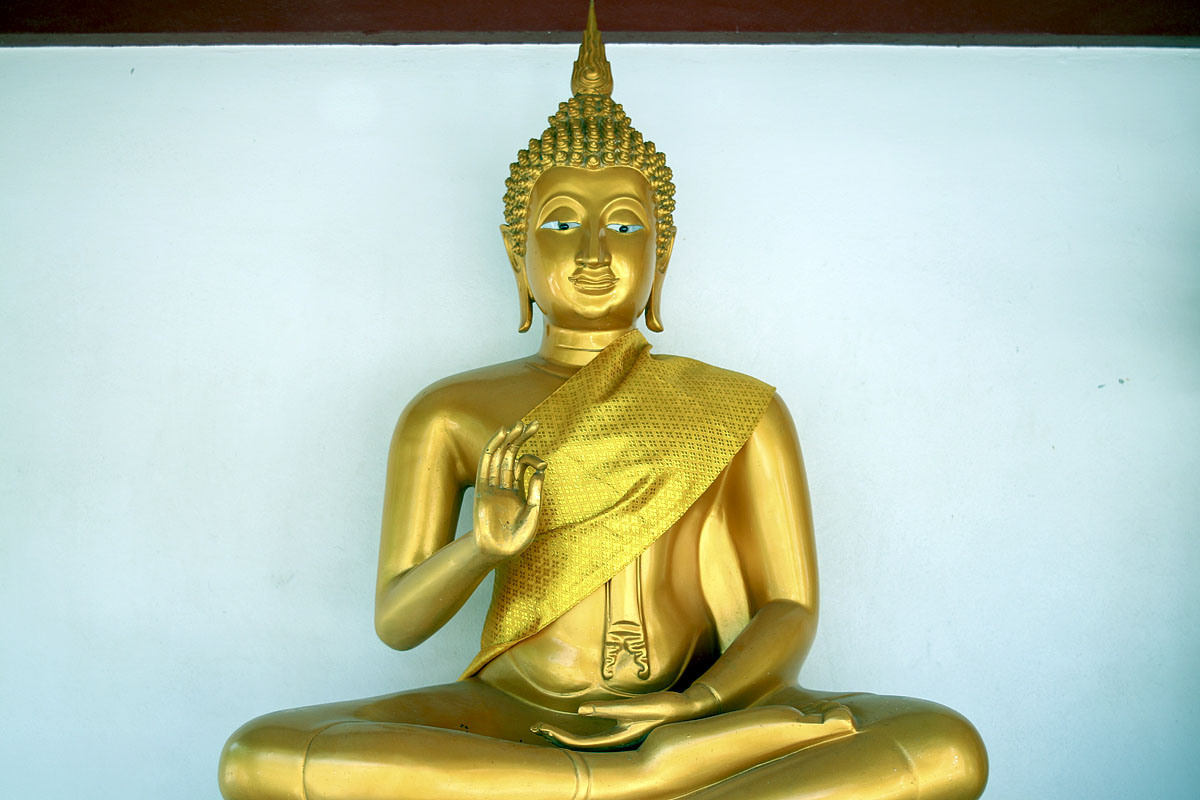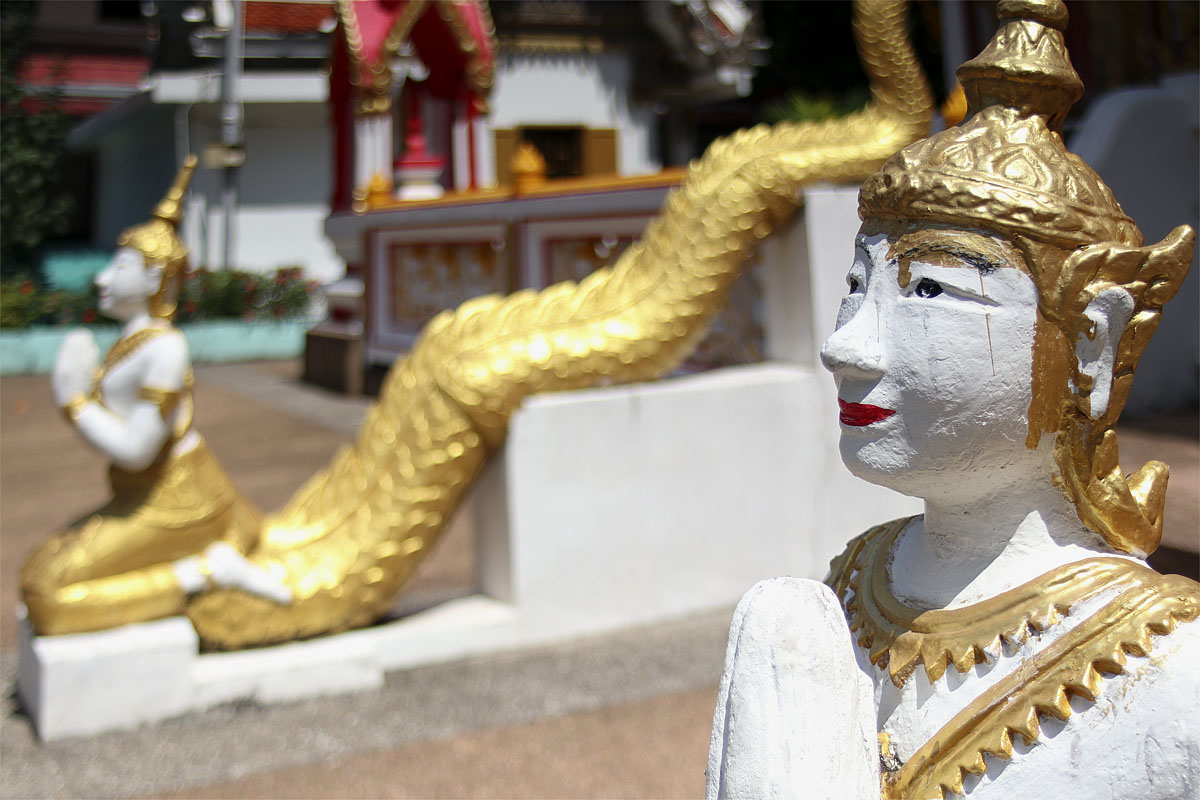Canon FD 28mm f/2.8 Lens Review
Video Review
You can watch my video review of this lens on YouTube at the following link:
Canon FD 28mm f/2.8 Manual Focus Lens Review And Sample Images
Sample Images
Images taken with the Canon FD 28mm f/2.8 lens using an Canon EOS M6 and a K&F Concept Canon FD to EOS M adapter.

Canon FD 28mm f/2.8 | Canon EOS M6 | FD to EOS M Adapter | ISO:100 | Aperture: f/2.8 | Shutter Speed: 1/250s

Canon FD 28mm f/2.8 | Canon EOS M6 | FD to EOS M Adapter | ISO:100 | Aperture: f/8 | Shutter Speed: 1/320s

Canon FD 28mm f/2.8 | Canon EOS M6 | FD to EOS M Adapter | ISO:100 | Aperture: f/8 | Shutter Speed: 1/3200s

Canon FD 28mm f/2.8 | Canon EOS M6 | FD to EOS M Adapter | ISO:100 | Aperture: f/8 | Shutter Speed: 1/640s

Canon FD 28mm f/2.8 | Canon EOS M6 | FD to EOS M Adapter | ISO:100 | Aperture: f/8 | Shutter Speed: 1/250s - note the horrible bokeh
Introduction
When I acquired a Canon A1 in 1982 I can't remember there being 'kits' available, as there are these days, but many came with the Canon FD 50mm f/1.8. It was fast, good quality and the 50mm focal length was supposed to be the perfect 'standard' lens. Film cameras, of course, were full frame and a 50mm lens on a full frame camera is supposed to be quite close to the normal field of human vision.
Later, I started to acquire more lenses, the first being the Canon FD 70-210mm f/4 zoom. I was then due to photograph a garden party that my mother was organising and decided that I needed a wider lens. At the time I was working in London and there were several shops selling new and used lenses.
This one was a good quality used lens that I picked up from a shop near London Bridge on the north side of the river. I can't remember the price.
I enjoyed using it so much that straight away it displaced the 50mm f/1.8 and became my new standard lens. It was the lens that I kept on my camera all the time, apart from when I needed a telephoto.
When I left the UK in 2003 this lens, along with all of my other film bodies and manual focus lenses, was left behind. However, when my mother died in 2017 and I made my first trip back to the UK I was able to retrieve some of my old gear.
During that time I had moved from a DSLR system to the EOS system, and MILC cameras don't have problems focussing at infinity with old manual lenses. I bought a cheap converter and tried some of my old lenses with EOS M bodies.
Shutter Release
There are no electronics in these old lenses and with no electrical connections the EOS M body does not recognise that a lens is attached. There is an option in the custom functions to allow the shutter to be released without a lens attached (Release shutter w/o lens).
With the original EOS M it is Custom Fn. 7. With the EOS M6 it is C.Fn II Option 3. THis information may change with subsequent firmware releases, but if you go into Custom Functions it isn't difficult to find.
Exposure
Exposure, of course, has to be set manually as there is no mechanical link for the camera to control the lens aperture.
There is a ring on the FD to EOS M adapter marked Open/Close and it operates a pin inside the adapter. This pin activates the aperture lever on the lens and once this has been activated it is possible to rotate the aperture ring on the lens to set it to the desired aperture.
I was hoping to be able to manually set the aperture on the lens, dial the same aperture value into the camera via AV mode and let the camera sort out the sexposure. Unfortunately, I can't because with an FD lens mounted the camera simply displays F00 as the aperture.
With the original EOS M it involves a lot of trial and error messing around with ISO and shutter speed settings until you have the correct exposure.
With the EOS M5/M6 there is a handy feature called "Expo. simulation". If you enable this feature the rear display simulates the exposure depending on the lens and camera settings. If you turn the aperture ring on the lens to make the aperture larger or lengthen the shutter speed you see the image on the rear display getting brighter, and vice-versa. The histogram also simulates the exposure.
Using this feature it is fairly easy to get very close to the correct exposure without activating shutter and looking at the resulting image.
Focusing
Firstly, focusing at infinity isn't a problem using the K&F Concept adapter on an EOS M body.
However, after years of using AF cameras, and with deteriorating eyesight, focusing manually these days takes me a lot longer than when I was shooting with film bodies and using manual focus lenses all the time.
The only time I use manual focus these days is for macro photography and I use the same technique when using FD lenses. On the camera 'Info' screen there is a small magnifying glass symbol. Press it once for 5x magnification and again for 10x magnification. The increased magnification makes focusing easier.
Old film bodies that only used manual focus lenses had special split focusing screens to assist manual focusing, but this isn't the case on digital cameras using Live View.
It's not that easy or quick, but quite accurate focusing can be achieved.
Update: The above comments apply to using the original EOS M. When I upgraded to an EOS M6, which has a focus peaking feature, focusing with manual lenses became a lot easier.
Just turn on the focus peaking option and select a colour from red, blue or yellow. On the LCD display the colour you have selected will appear on the subject wherever it is in focus. This is a really excellent feature for manual focussing, however, it can be quite difficult to see in bright sunlight.
Construction And Handling
This isn't an 'L' lens, but it's construction is the same as all Canon consumer FD lenses. The focus and aperture rings operate smoothly and with fairly careful handling it will last a lifetime.
Image Quality
The first lens I tried on my EOS M body was the Canon FD 300mm f/4 and despite the messing around setting the correct focus and exposure the image quality was very good.
Unfortunately, I wasn't quite so impressed with the FD 28mm f/2.8. The colours and contrast aren't as good as the FD 300mm, and - worst of all - the bokeh is really ugly. The sharpness is quite good and images where everything is in focus look fine. However, when there are out-of-focus objects in the image the bokeh is so unattractive that your eye tends to be drawn to the ugly background and it ruins the image.
Conclusion
Camera technology has come on leaps and bounds in recent years and new lenses being released now surpass even those lenses made five years ago. I'm not sure when this lens was announced, but I believe it is the New FD 28mm f/2.8 and it probably appeared in the 1980's.
Despite what some people say about the wonders of film, film wasn't that exacting on lenses. The high resolution sensors available in today's cameras are far more demanding. When I was shooting film I loved this lens, but when used with an EOS M6 body it doesn't quite fill me with the same admiration.
If you decide to use old manual focus lenses on your digital MILC body, straight away you use autofocusing and auto-exposure. These two functions are extremely useful and therefore if you decide to forsake them it must be because there are other benefits. The benefit might be image quality or cost.
With the FD 300mm f/4 there is potentially a big cost benefit. If you can find a good used FD 300mm f/4 it will be a lot cheaper than buying an AF lens of an equivalent focal length.
However, that argument doesn't stand up with the FD 28mm f/2.8 because there are lots of good, modern AF lenses offering that focal length at very affordable prices.
In some situations the image quality of this lens is quite acceptable, but because of the messing around with exposure and focussing, and considering the ugly bokeh, it is simply a lens that I couldn't recommend.
Although I haven't had a chance to use it yet, the Canon EF-M 28mm f/3.5 IS STM looks like an excellent little lens. It has a small form factor, everything is automatic, image quality is up to today's standards, it has Image Stabilisation, you can shoot marco at 1.2x, and it has a built-in macro lite that uses LED lighting.
There are some old FD lenses that are still worth using, but considering how many great lenses there are available now days there is just no point using old consumer lenses.
Other Review Pages You May Be Interested In

